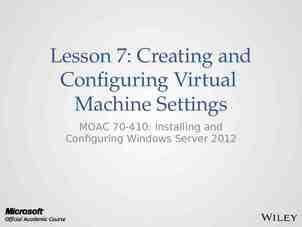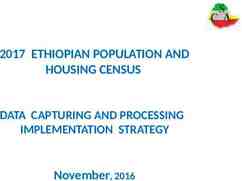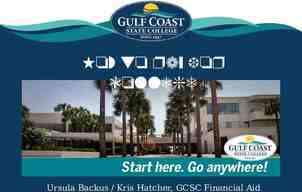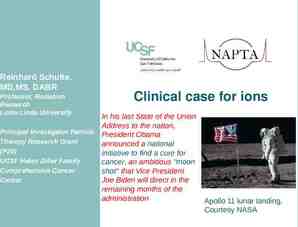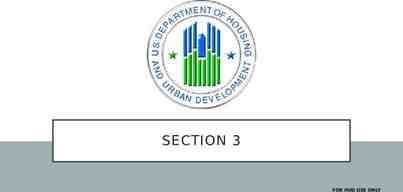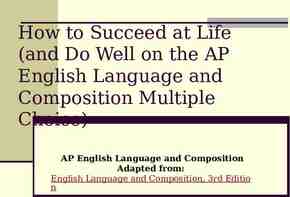Aligning with Transfer Institutions PAVIN G THE PATH
24 Slides1.73 MB

Aligning with Transfer Institutions PAVIN G THE PATH

Building Coursework Roadmaps: Data Collection First Careers Competen cies Transfe r Instituti ons

General Educati on Classes ILO, GELO, & PLO Build a Seque nce Submit Program Materials and Sequence of Program Map

Caree rs Specify what career options a student can obtain with a Certificate, Associate, and a Transfer degree in your Program? Give a range of income for each of the degree options ie Certificates, Associates or Bachelors . Do the degrees we offer provide a sustainable income of a living wage? If not, how can we offer scaffolding degrees? Competenci es

Competencie s Provide the competencies and skills students are learning in your classes (program) that directly link to the skills and competencies that employers are wanting their employees to have. Transfer Institutions We must find out who your typical employers are in this industry and what are they looking for to help answer the above question.

Transfer Institutions Do your courses transfer and articulate with the most common transfer institution within your program? What lower division courses are offered at your program’s most likely transfer institutions, particularly at our CSU and UC partners? Do you program learning outcomes align? For CTE programs, have you considered a transfer major a student could pursue and are those

General Educati on Classes Once you have looked at your classes within your major, are there areas from your overall competencies list where you can see a specific GE class would benefit the student with their overall degree and career competencies and skills. Example : An employer may want an employee to have good oral communication skills. Does your program’s classes have those skills incorporated in them? If not, then you could consider the GE class of Comm 100: Introduction to Public Speaking to help support the student’s knowledge and applicable skills. You will also want to consider your transfer institutions requirements for the major. Your faculty counselor colleague can assist you with finding this information.

ILO, GELO,PL O Do your courses and program map align with our: - Institutional Learning Outcomes, Communication, Information & Technology Literacy, Personal & Professional Development, Creative, Critical and Analytical Thinking, Cultural Literacy and Social Responsibility - General Education Learning Outcomes Natural Science Social and Behavioral Science Humanities Language and Rationality Health Education - Program Learning Outcomes? Each program has their own outcomes.

Build a Sequen ce Now that you have all of the information, develop a program map of courses in a sequence of order to allow the student to build on skills and competencies while keeping in mind the sequence of classes that align with your transfer institutions. The student should have a seamless transition to their career or transfer institution.

What are the Blue and Green Patterns? What is IGETC? Are students able to transfer without completion of GE? What are the Golden Four? What is IGETC for STEM? Did you Know 2 out of every 3 Community College Students who apply to the UC are admitted? Why are CC students the first priority for transfer to a UC?

Transfer pathways Transfer Pathways: Your roadmap to 21 top majors If you're starting out at a California community college and know which major you want to study but haven't decided which UC campuses to apply to, there is a simple way to keep your options open as you prepare for your major. Follow one of our new Transfer Pathways, a single set of courses you can take to prepare for your major on any of our nine undergraduate campuses. The Transfer Pathways cover 21 of our most popular majors: Computer science Anthropology Mechanical engineering Biochemistry Economics Molecular biology Biology Electrical engineering Philosophy Business administration English Physics Cell biology Film and media studies Political science Chemistry History Psychology Communication Mathematics Sociology

TAG ADT’s Local Area Residency for the CSU What is WOW?

Coursework within the Major TMCs, ADTs, C-IDs and Understanding our Transfer Partners

Art History Lower Division Patterns at all Northern California CSUs & UCs

Where is Art 162: History of Renaissance Art at local CSUs

Where is Art 162: History of Renaissance Art at local UCs

Where is Art 162: History of Renaissance Art at UC Berkeley

Where is Art 162: History of Renaissance Art at UC Berkeley

9/25/2017 ASSIST: Single Course Articulation Summary Report This report is intended to be used as an analysis tool only. Our students don’t have access to this document. Curriculum Summary Modesto J unior College: ART 162 Begin End Course F95 ART 162 Title History of Renaissance Art Units CSU UC 3 Y Y IGETC: 3A (F95 - ) CSU GE: C1 (F92 - ) UC-H (F95 - ) Articulation Summary This report provides a summary of the curricular information and articulation for the selected course. The articulation summary indicates the presence of the course in the articulation agreement, but it does not show the articulation in context and may be missing critical contextual information. To see the articulation in context, click a link for the GE, By Department, or By Major articulation. To: Cal i f orni a Mari ti me Academy If these resources were confusing just image how a student would feel. From: Modesto J uni or Col l ege No articulation agreement To: Cal Pol y Pom ona From: Modesto J uni or Col l ege Ef f ecti ve duri ng the 16- 17 academi c year Course not articulated To: Cal Pol y San Lui s Obi spo From: Modesto J uni or Col l ege Ef f ecti ve duri ng the 16- 17 academi c year Course not articulated To: CSU Bakersf i el d From: Modesto J uni or Col l ege Ef f ecti ve duri ng the 15- 16 academi c year Course not articulated To: CSU Channel I sl ands From: Modesto J uni or Col l ege Ef f ecti ve duri ng the 16- 17 academi c year Course not articulated To: CSU Chi co From: Modesto J uni or Col l ege Ef f ecti ve duri ng the 16- 17 academi c year Course not articulated To: CSU Domi nguez Hi l l s From: Modesto J uni or Col l ege Ef f ecti ve duri ng the 16- 17 academi c year Course not articulated http://www2.assist.org/maint/articulation/singleCourseArticulation/display.htm?format drop-down&maintDatabase false&prefix 23662&from 1/8 Who is better qualified to explore the lowerdivision programs of our transfer institutions and align with them than the faculty who

Articulatio n The process and product through which courses and programs are formally recognized as comparable to educational experiences offered within another institution or system.

HIGHER EDUCATION IN CALIFORNIA WHERE WE FIT Independent Colleges & Universities

Articulatio n DETERMINES WHICH MJC COURSES transfer as general elective credit for admission to/graduation from CSU and UC can be used as elective lower division credit in the major satisfy various General Education breadth requirements can be identified as a given C-ID can be used in an Associate Degree for Transfer (AS-T, AA-T) can be articulated course-to-course at one or more CSUs/UCs can be articulated as lower-division major preparation for upper-division coursework

Articulatio OFFICERS n IN THE CENTER Providing support to colleagues in the development of qualifying curriculum Educating faculty on the impacts of curricular design in various transfer contexts Sole faculty member focused on transfer elegance in the college curriculum Liaising between institutions and higher education “segments” CCC, CSU, UC, Private/Independent Colleges Reviewing curriculum proposals to ensure they meet criteria Advocating and collaborating within the statewide articulation

Articulatio n CAN’T FUNCTION WITHOUT

